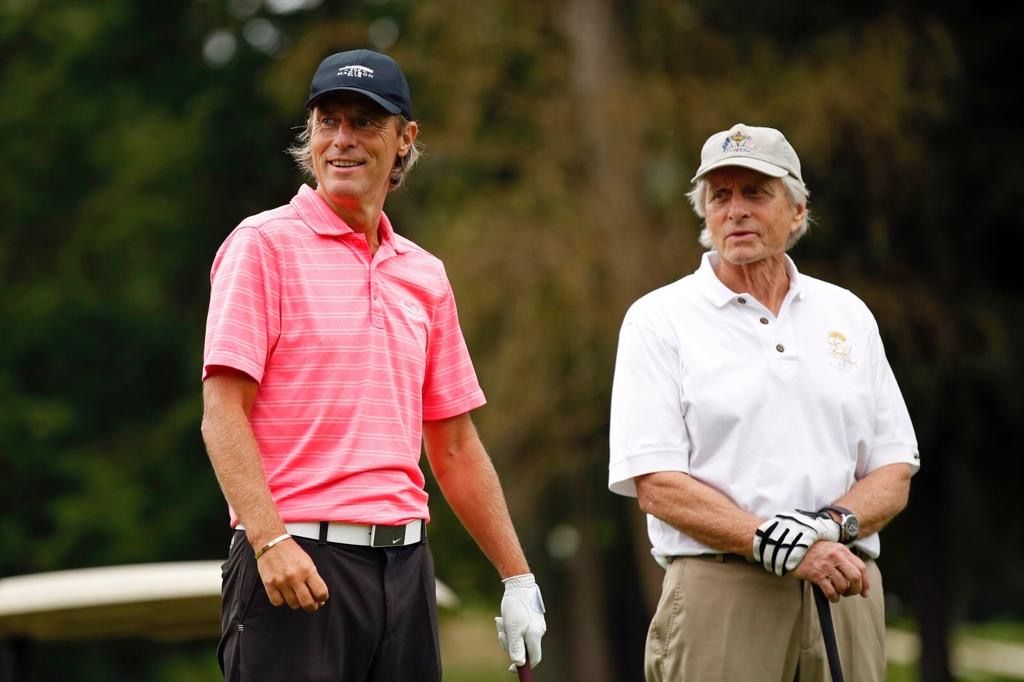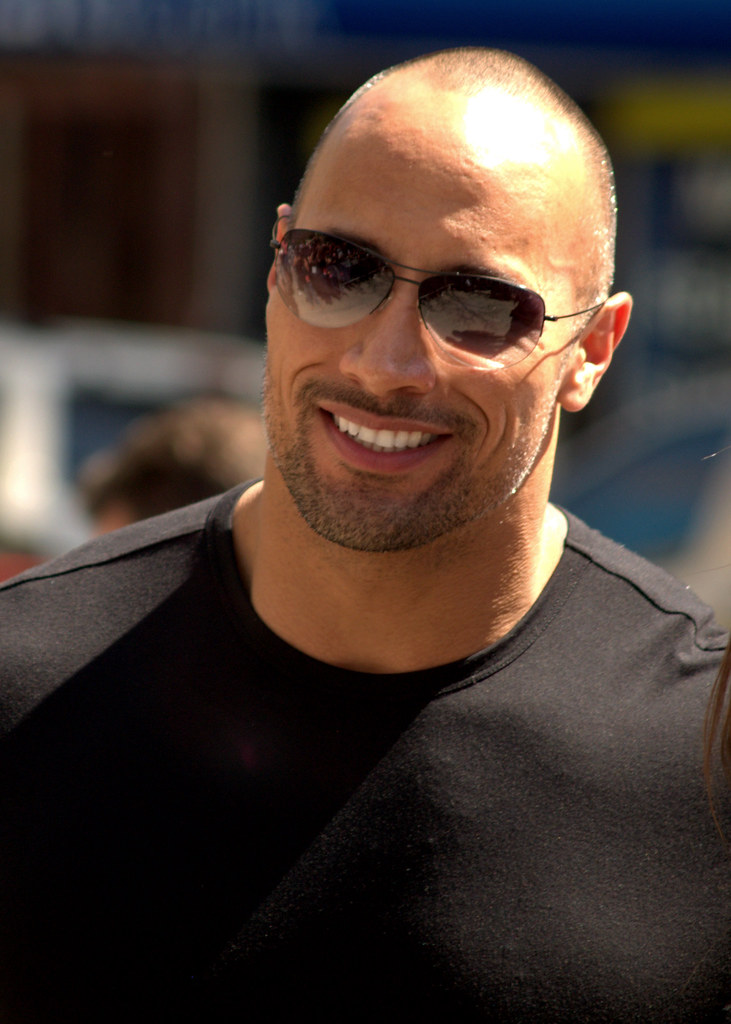
In the sprawling landscape of global entertainment, few figures command the gravitational pull quite like Dwayne ‘The Rock’ Johnson. His journey from the squared circle of professional wrestling to the zenith of Hollywood’s A-list is not merely a tale of individual success, but a definitive blueprint for strategic brand building and unparalleled career evolution within the demanding confines of show business. This remarkable trajectory offers invaluable insights into the confluence of charisma, relentless dedication, and an innate understanding of audience engagement that has defined his ‘legacy of hustle.’
Johnson’s narrative is a testament to the power of reinvention, a saga that began not with immediate triumph, but with the gritty determination forged in the highly competitive world of professional wrestling. It was in this arena that he cultivated the very attributes – his compelling presence, his unparalleled mic skills, and his ability to connect with millions – that would later translate into a formidable cinematic career. His ascent was far from linear, marked by crucial character shifts and pivotal rivalries that sharpened his persona, transforming him from a promising athlete into a global phenomenon.
This article delves into the foundational chapters of Johnson’s career, meticulously charting his evolution from a neophyte wrestler facing fan rejection to a record-setting world champion and an undeniable force in sports entertainment. We will explore the critical junctures that sculpted ‘The Rock’ persona, examining the strategic decisions and pivotal moments that paved his path to superstardom, ultimately setting the stage for his monumental pivot into becoming one of Hollywood’s most bankable stars. His story is one of calculated risks, authentic connection, and a relentless drive to entertain, all elements that have contributed to his enduring legacy.
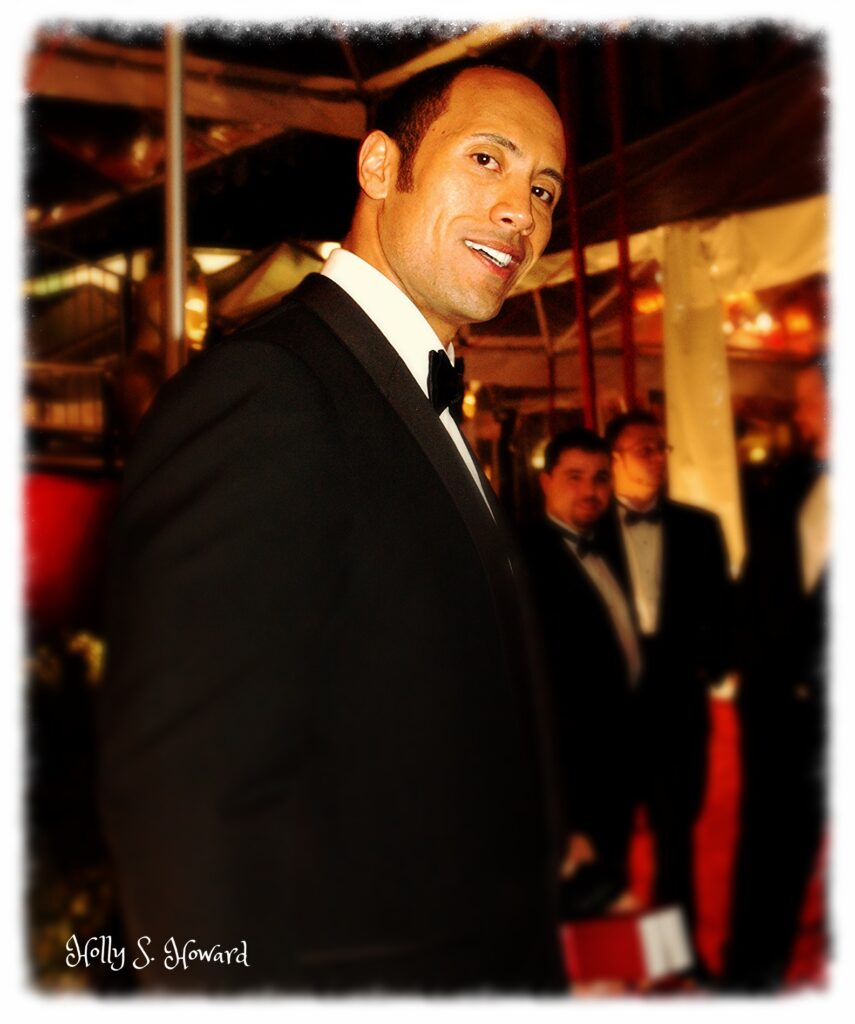
1. **Early Career & Rocky Maivia’s Tentative Debut (1996-1997)**Dwayne Johnson’s professional wrestling career commenced in 1996, following a brief stint in Canadian football. After being cut by Calgary, his ambition led him to the World Wrestling Federation (WWF), where veteran Pat Patterson facilitated several tryout matches. Initially wrestling under his real name, Johnson showcased nascent talent, securing a victory against The Brooklyn Brawler at a house show on March 10, though he also experienced losses against established names like Chris Candido and Owen Hart. This period of development included a tenure at Jerry Lawler’s United States Wrestling Association as Flex Kavana, where he secured the USWA tag team championship twice with his partner Bart Sawyer, an early taste of championship gold that hinted at his future potential.
Upon signing a WWF contract, Johnson received additional training from mentors like Tom Prichard, alongside other future stars such as Achim Albrecht and Mark Henry. His official WWF debut in November 1996 introduced him as Rocky Maivia, a name honoring his illustrious wrestling lineage by combining his father’s and grandfather’s ring names. Despite initial reluctance, he was persuaded by Vince McMahon and Jim Ross to adopt this moniker. Billed as “The Blue Chipper” and the WWF’s first third-generation wrestler, the company invested heavily in promoting his clean-cut, heroic character from the outset, aiming to capitalize on his heritage.
Maivia’s debut at Survivor Series on November 17, 1996, saw him as the sole survivor in an eight-man elimination tag match, eliminating the final two opposing team members, Crush and Goldust, a remarkable start for a newcomer. His rapid ascent continued with an Intercontinental Championship victory over Hunter Hearst Helmsley on February 13, 1997. He successfully defended this title at WrestleMania 13 against The Sultan. However, despite the company’s strong push and his initial triumphs, audiences began to reject the ‘clean-cut’ Rocky Maivia character, expressing their displeasure with chants of “die, Rocky, die” and “Rocky sucks” during his matches. This unexpected fan backlash became a crucial turning point, signaling a necessary evolution for his on-screen persona.
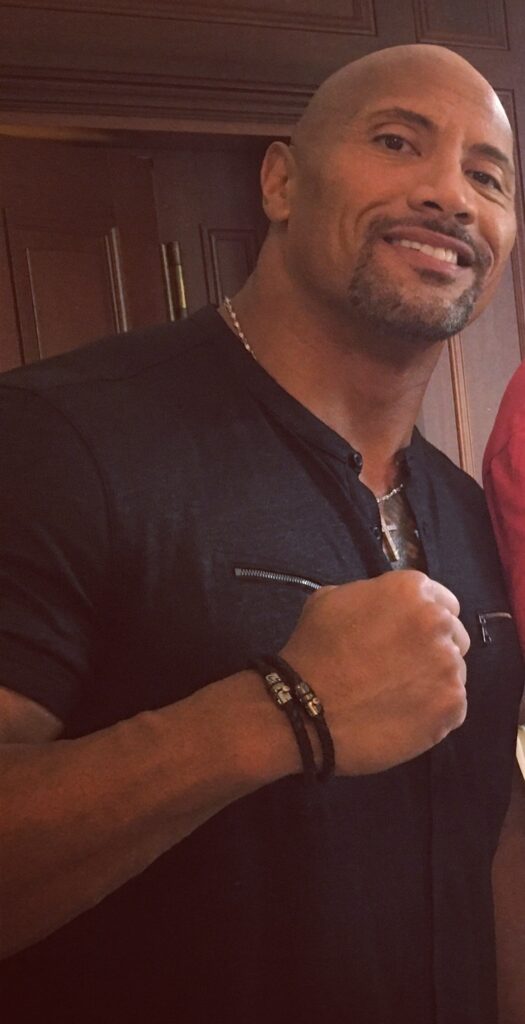
2. **The Genesis of “The Rock”: From Nation of Domination to Charismatic Heel (1997-1998)**The fan rejection that plagued Rocky Maivia’s early run necessitated a significant shift in character, a pivot that would ultimately define his legacy. After losing the Intercontinental Championship to Owen Hart in April 1997 and subsequently suffering a legitimate knee injury, Johnson spent several months recovering, a period of introspection that likely contributed to his dramatic transformation. His return in August 1997 marked the birth of a new, more aggressive persona – a heel turn that saw him join the formidable stable known as the Nation of Domination, alongside Faarooq, D’Lo Brown, and Kama.
Crucially, upon his return, Maivia defiantly renounced his previous name, insisting on being referred to simply as “the Rock.” While the billing initially remained “the Rock” Rocky Maivia until 1998, the essence of his new identity was solidified: an arrogant, verbose character who regularly insulted the audience, fellow WWF performers, and interviewers in his promos. This unfiltered, confident, and often humorous demeanor resonated deeply, contrasting sharply with the saccharine hero rejected by the fans. The Intercontinental Championship, which he regained by forfeiture from Stone Cold Steve Austin in December 1997, became a key prop in establishing his new dominance.
His tenure with the Nation of Domination proved instrumental in shaping his character and honing his exceptional speaking abilities. The Rock engaged in prominent feuds with top stars like Stone Cold Steve Austin and Ken Shamrock, defending his Intercontinental Championship successfully at the Royal Rumble and WrestleMania XIV. A significant power shift within the stable saw The Rock overthrow Faarooq as leader, solidifying his position as a dominant force. This period of intense rivalry, including a ladder match loss to Triple H for the Intercontinental Championship at SummerSlam, paradoxically fueled a growing groundswell of fan support, even as he remained a villain. By the latter half of 1998, The Rock’s popularity surged, and his iconic persona, characterized by his magnetic charisma and burgeoning catchphrases, began to take its definitive shape, eventually leading to his turning babyface again as he feuded with former Nation members Mark Henry and D’Lo Brown.
Read more about: Beyond the Brahma Bull: Unpacking The Rock’s Epic Collection of WWE Milestones and Iconic Moments
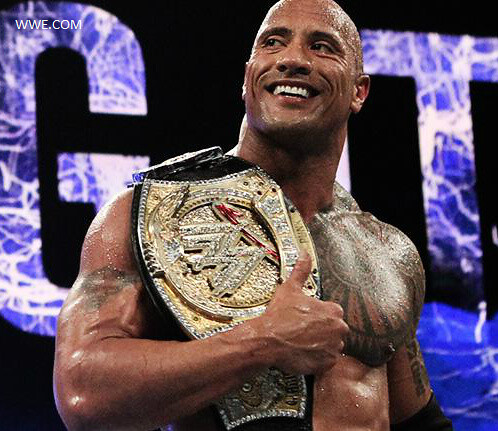
3. **Ascension to the Top: First WWF Championship and Superstardom (1998-2000)**The burgeoning popularity of The Rock, despite his villainous leanings, signaled a massive opportunity for the WWF. In late 1998, he was strategically positioned for a pivotal role in the “Deadly Game” tournament for the vacant WWF Championship. This tournament culminated at Survivor Series on November 15, where The Rock defeated Mankind in the finals to capture his first WWF Championship. This victory was accompanied by a “double turn” – The Rock aligned with Vince and Shane McMahon’s nefarious stable, The Corporation, effectively cementing his status as the corporate champion and re-establishing him as a prominent heel, a role he excelled at despite the increasing cheers from the audience.
His initial reign as WWF Champion was characterized by an intense and iconic feud with Mankind, a rivalry that delivered some of the Attitude Era’s most memorable and brutal encounters. Their clashes, including a controversial “I Quit” match at the Royal Rumble where The Rock notoriously struck Mankind with a steel chair far more times than planned, captivated audiences and solidified his ruthless edge. The Empty Arena match for the WWF Championship on Sunday Night Heat, a chaotic brawl spanning the entire facility, further showcased his versatility and willingness to engage in unique storytelling, ultimately leading to Mankind pinning him with a forklift truck.
This period was critical in elevating The Rock to unparalleled heights of superstardom. He traded the WWF Championship multiple times with Mankind and Stone Cold Steve Austin, demonstrating his ability to headline major pay-per-views and maintain audience interest through compelling narratives. His undeniable charisma and exceptional verbal skills spawned numerous catchphrases that permeated popular culture, leading to significant merchandising opportunities and further cementing his status as a mainstream icon. His dynamic appeal was so profound that even as a heel, audiences couldn’t help but cheer for him, signaling a shift in how wrestling fans perceived traditional villainy, recognizing genuine star power above all else.
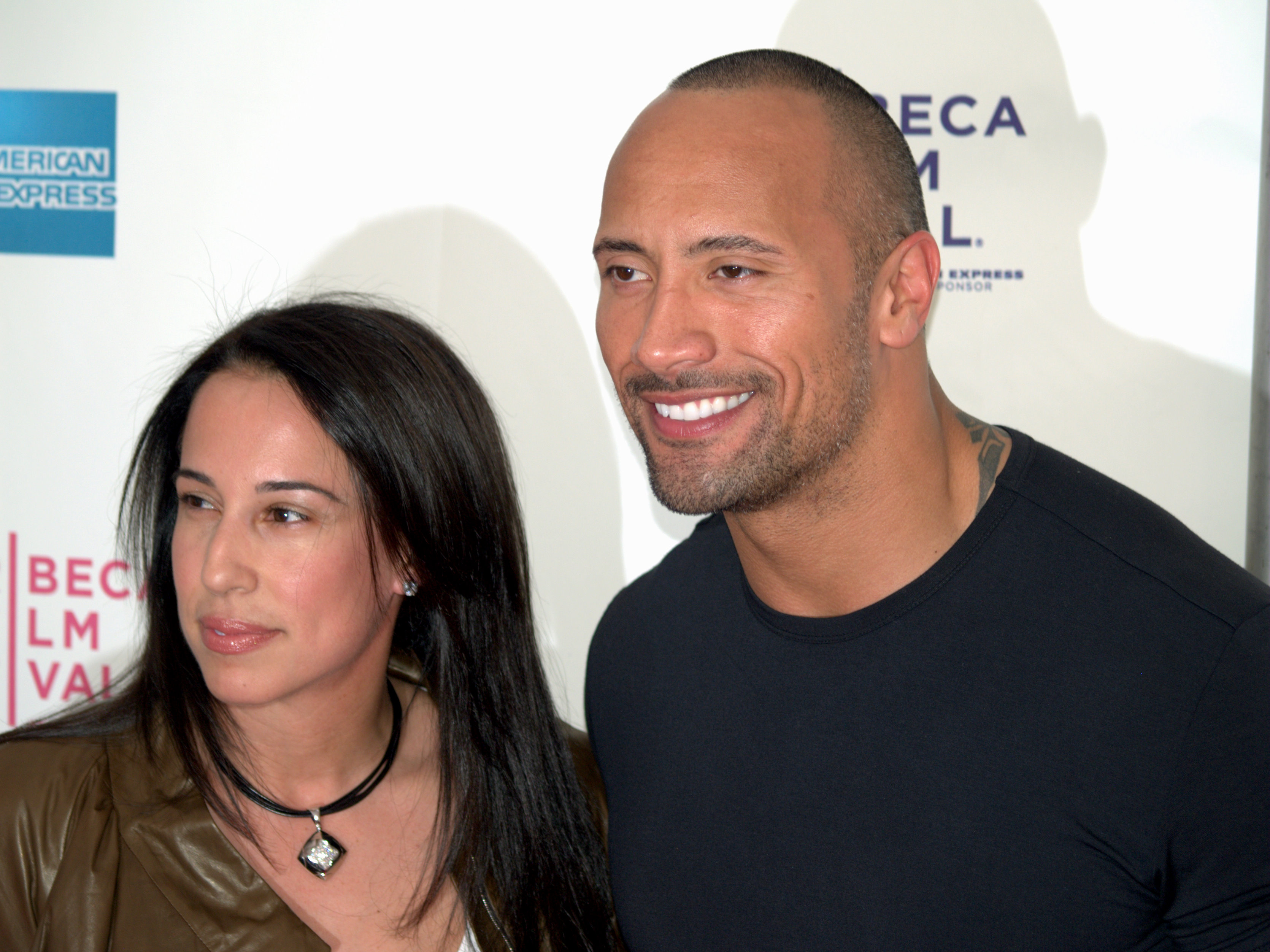
4. **Dominance Personified: Record-Breaking World Championship Reign (2000-2002)**By the turn of the millennium, The Rock was not just a superstar; he was arguably the most recognizable and electrifying figure in professional wrestling. This era marked his transition into a period of sustained dominance, where he not only recaptured the WWF Championship but defended it against a gauntlet of elite competitors, solidifying his reputation as a record-breaking world champion. His fourth WWF Championship victory occurred on April 30, 2000, at Backlash, following interference from Stone Cold Steve Austin, underscoring the high-stakes, intertwined narratives that characterized his tenure at the top.
His championship reign during this time was a testament to his drawing power and in-ring prowess, as he successfully defended the title against formidable opponents such as Shane McMahon in a Steel Cage match, Chris Benoit at Fully Loaded, and a triple threat match against Kurt Angle and Triple H at SummerSlam. These high-profile defenses not only showcased his athletic abilities but also his capacity to elevate every match he was in, delivering consistent main event quality. His ability to connect with the audience, whether as a heroic figure or a captivating antagonist, ensured that his championship matches were always must-see television, reflecting his unparalleled appeal.
This remarkable period of sustained success culminated in his sixth WWF Championship win against Kurt Angle at No Way Out on February 25, 2001. This reign, however, was dramatically cut short at WrestleMania X-Seven, where he lost the title to Stone Cold Steve Austin following Vince McMahon’s interference. This loss, and a subsequent storyline-induced suspension, provided The Rock with a crucial window of opportunity – the time off was strategically utilized to film “The Scorpion King,” marking his significant foray into Hollywood. His return to the WWF in late July, amidst the highly publicized “Invasion” storyline, saw him immediately thrust back into the main event picture, capturing the WCW Championship and further cementing his status as a multi-promotional champion, capable of carrying any brand to success. This era perfectly illustrated his evolution from a wrestling prodigy to an undisputed industry titan, ready to conquer new horizons.” , “_words_section1”: “1948
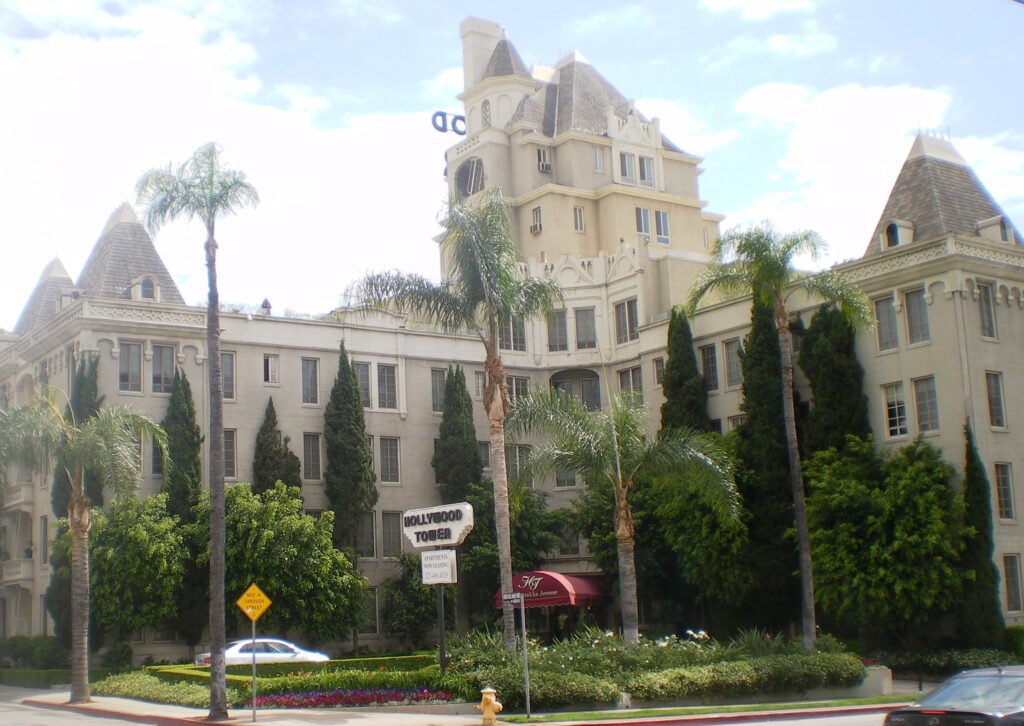
5. **The Hollywood Transition & ‘Hollywood Rock’ Persona (2002-2003)**Returning to the WWE in late July 2002, fresh from filming ‘The Scorpion King,’ Dwayne Johnson re-entered a landscape eager for his unparalleled presence. He was immediately thrust back into the main event picture, demonstrating his enduring drawing power and capacity to command the spotlight. His comeback saw him not only align with the WWF during the highly publicized ‘Invasion’ storyline, but also capture the WCW Championship, further cementing his status as a multi-promotional champion capable of elevating any brand he touched.
His dominant run continued with a record-setting seventh WWE Undisputed Championship victory at Vengeance on July 21, defeating both Kurt Angle and the reigning champion The Undertaker in a Triple Threat match. This marked another significant milestone in his career, showcasing his ability to reclaim the top spot even after a hiatus. He successfully defended this coveted title at the Global Warning event against Triple H and Brock Lesnar, underscoring his resilience and continued reign at the pinnacle of sports entertainment.
However, this period also marked a critical juncture in his relationship with the WWE audience. At SummerSlam on August 25, Johnson lost the WWE Undisputed Championship to Brock Lesnar, a moment that highlighted a growing sentiment among fans. As he increasingly focused on his burgeoning acting career, a noticeable dip in fan support transformed into overt disdain, with audiences booing him during his match with Lesnar. This shift in perception, driven by the understanding that he was stepping away from wrestling, prompted a powerful, unscripted moment where he declared, “sing-along with the Rock is over!” before taking time off to fully kickstart his acting endeavors.
His highly anticipated return on the January 30, 2003, episode of SmackDown! unveiled a dramatically reinvented persona: ‘Hollywood Rock.’ This heel turn was a direct response to the negative fan reactions, allowing him to lean into the very criticisms he faced. Sporting a new look, including a shaved head, he adopted an arrogant, mocking demeanor, lambasting both WWE performers and the audience in his cutting promos. This iteration of The Rock proved incredibly effective, leading to a high-profile victory over Hulk Hogan at No Way Out and a move to the Raw brand.
On Raw, ‘Hollywood Rock’ continued to captivate, engaging in various smaller feuds and introducing the popular ‘Rock Concerts,’ where he’d play guitar and humorously insult the roster and fans in song. This period culminated in a legendary third encounter with Stone Cold Steve Austin at WrestleMania XIX, where The Rock finally secured a victory over his greatest rival, delivering three consecutive Rock Bottoms in Austin’s final match. Following this triumph, ‘Rock Appreciation Night’ on Raw saw him attacked by a debuting Goldberg, who then defeated him at Backlash on April 27, before Johnson briefly departed once more to film ‘Walking Tall,’ further solidifying his film career.
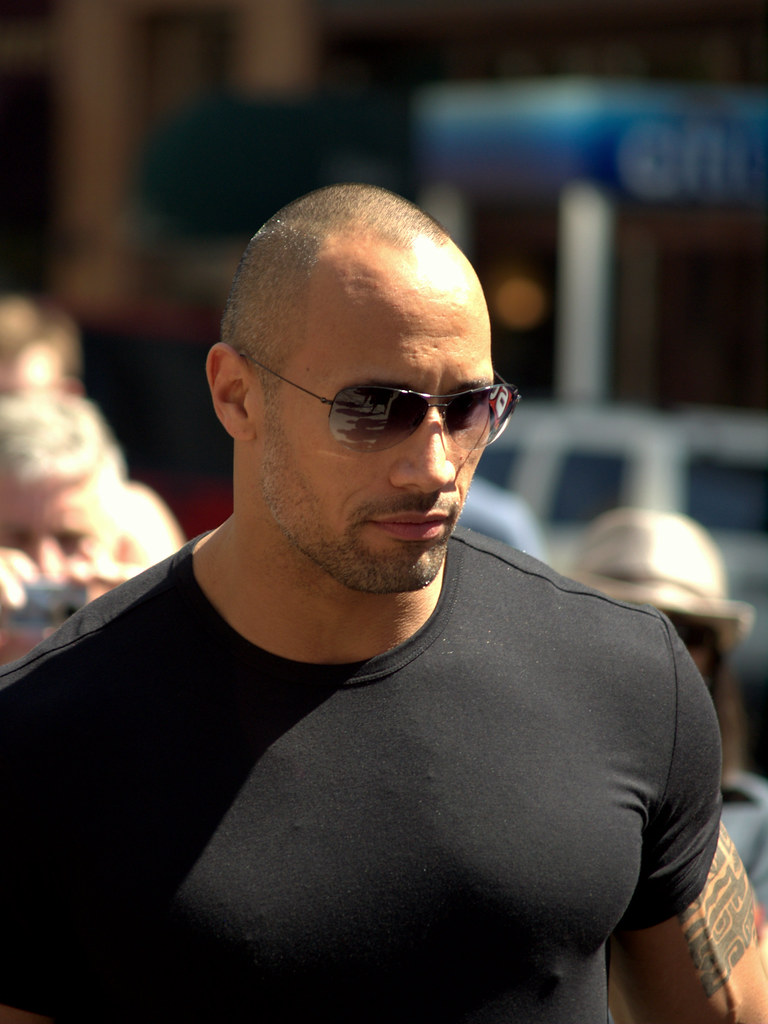
6. **Farewell to Full-Time: Sporadic Appearances and Cementing a Film Career (2003-2009)**Following his run as ‘Hollywood Rock,’ Dwayne Johnson’s wrestling appearances became increasingly selective, reflecting his full-time commitment to Hollywood. A brief face turn on the June 2, 2003, episode of Raw saw him join the Highlight Reel, attacking Christian and Chris Jericho alongside Booker T, a momentary alliance that resonated with fans. Later, in December 2003, he returned to aid Mick Foley against La Résistance, underscoring his loyalty to former allies even as his priorities shifted.
In 2004, The Rock notably reunited with Mick Foley as the ‘Rock ‘n’ Sock Connection’ to feud with the dominant stable Evolution, a storyline that saw him align against Ric Flair, Randy Orton, and Batista. Their climactic handicap match at WrestleMania XX on March 14, 2004, marked Johnson’s final wrestling match until 2011, a significant moment that signaled the end of his consistent in-ring career. This monumental event underscored the symbolic passing of the torch, even in defeat, as Randy Orton pinned Foley to secure the win for Evolution.
Post-WrestleMania XX, Johnson’s presence in WWE became purely sporadic, limited to non-wrestling capacities that allowed him to maintain a connection with his wrestling roots without the rigors of a full-time schedule. He made appearances to support Eugene against Jonathan Coachman and delivered a memorable cameo in his hometown of Miami, confronting Randy Orton. One notable instance on the August 23 episode of Raw saw him host a pie-eating contest for the WWE Diva Search, concluding with a signature People’s Elbow to Jonathan Coachman.
Upon the expiration of his contract, Johnson fully transitioned into his acting career, dedicating himself entirely to film and television. This decisive move cemented his new trajectory, yet he never completely severed ties with the WWE. His non-wrestling appearances between 2007 and 2009 served as poignant reminders of his enduring legacy, even from afar. On March 12, 2007, he appeared via a pre-taped promo during Raw, correctly predicting Bobby Lashley’s victory at WrestleMania 23, a subtle nod to his continued awareness of the wrestling world.
A deeply personal moment occurred on March 29, 2008, when Johnson returned to induct his father, Rocky Johnson, and grandfather, Peter Maivia, into the WWE Hall of Fame, honoring his family’s rich wrestling heritage. His next appearance was another pre-taped promo on October 2, 2009, during the ‘Decade of SmackDown,’ a segment celebrating the show he helped launch. Furthermore, on September 30, 2009, he made a rare appearance on the independent circuit at a World Xtreme Wrestling (WXW) show, supporting the professional wrestling debut of Sarona Snuka, the daughter of his longtime friend and mentor Jimmy Snuka. These instances, though infrequent, kept his connection to the wrestling world alive and vibrant.
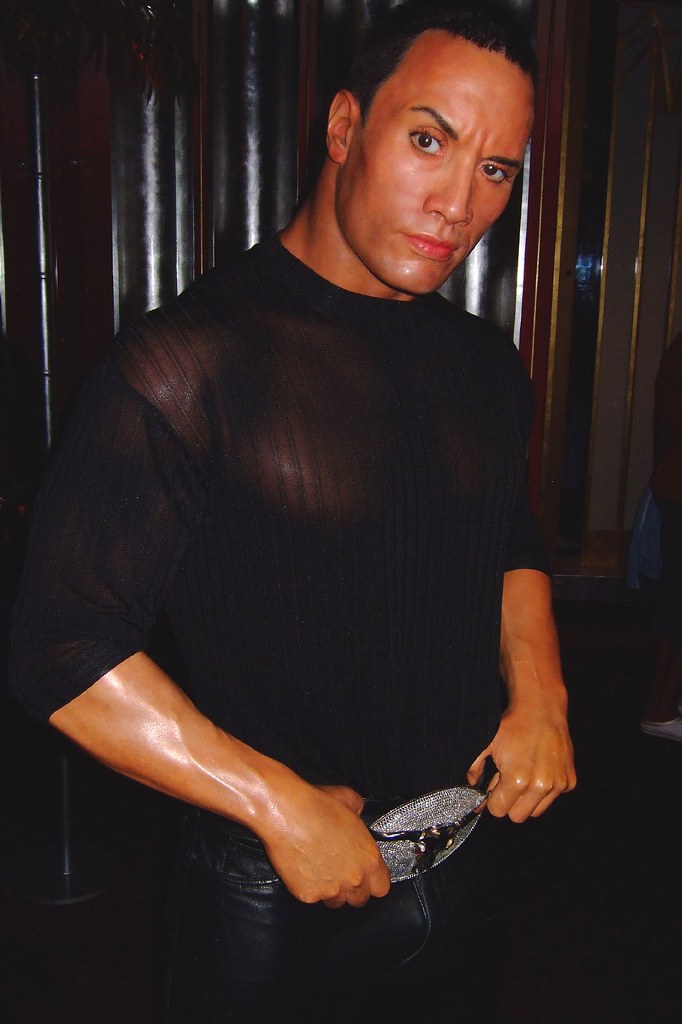
7. **The Grand Return: Feuds with John Cena and the ‘Once in a Lifetime’ Saga (2011-2013)**The landscape of WWE was dramatically reshaped on February 14, 2011, when Dwayne ‘The Rock’ Johnson was announced as the host of WrestleMania XXVII. His live appearance on Raw ignited an immediate and intense rivalry with John Cena, a feud that would come to define an era. The two exchanged increasingly personal and cutting insults, captivating audiences with their electrifying promos. This buildup culminated in a live confrontation on Raw before WrestleMania XXVII, where, after a war of words, The Miz and Alex Riley attacked The Rock, only for Cena to blindside him with an Attitude Adjustment, setting the stage for their monumental clash.
At WrestleMania XXVII on April 3, The Rock opened the show with a powerful promo, reaffirming his presence. Later in the main event, after the match between Cena and The Miz ended in a double countout, The Rock restarted it as a No Disqualification match. In a stunning turn, he delivered a Rock Bottom to Cena, allowing The Miz to pin him and retain the WWE Championship. Post-match, The Rock cemented his return by attacking The Miz and delivering a People’s Elbow, a moment that underscored his willingness to be both a hero and a disruptive force. The very next night on Raw, The Rock and Cena agreed to a history-making match at WrestleMania XXVIII, a full year in advance.
The year-long anticipation for their ‘Once in a Lifetime’ encounter was meticulously built through sporadic, yet impactful, appearances. On November 20, 2011, at Survivor Series, The Rock teamed with Cena against The Miz and R-Truth, a match where The Rock pinned The Miz. However, true to his evolving character, he delivered a Rock Bottom to Cena after the match, maintaining the tension in their bitter rivalry. Leading up to WrestleMania XXVIII, their verbal confrontations intensified, with The Rock reviving his popular ‘Rock Concert’ segment on the March 12, 2012, episode of Raw SuperShow, using song to mock Cena with unparalleled wit.
On April 1, 2012, at WrestleMania XXVIII, in the main event of what became the biggest professional wrestling pay-per-view buyrate in history, The Rock defeated John Cena. This iconic victory, secured after countering Cena’s attempt at a People’s Elbow into a Rock Bottom, was a defining moment in his career. The following night on Raw SuperShow, The Rock, in a rare display of respect, praised Cena and expressed his desire to once again become WWE Champion, a promise he would soon fulfill.
His pursuit of the WWE Championship culminated at the Royal Rumble on January 27, 2013, where he faced CM Punk. In a dramatic turn of events, the arena lights went out, leading to an attack on The Rock. After Vince McMahon initially attempted to strip Punk of the title, The Rock requested the match be restarted, ultimately defeating Punk to win his eighth WWE Championship, marking a triumphant return to the top. This reign saw him unveil a brand new WWE Championship design on Raw, featuring a distinctive center plate and customizable side-plates adorned with his ‘Brahma Bull’ logo.
The rivalry with John Cena was far from over, as Cena, the Royal Rumble winner, set up a rematch for the WWE Championship at WrestleMania 29. However, during their highly anticipated second encounter on April 7, The Rock lost the title to Cena, ending his reign at 70 days. This match, though a commercial success, came at a personal cost: Johnson sustained a real injury, tearing his abdominal and adductor tendons from his pelvis. Despite being advertised for a rematch, the severity of his injury required surgery, forcing another hiatus from in-ring action and solidifying his move towards a purely part-time wrestling schedule.
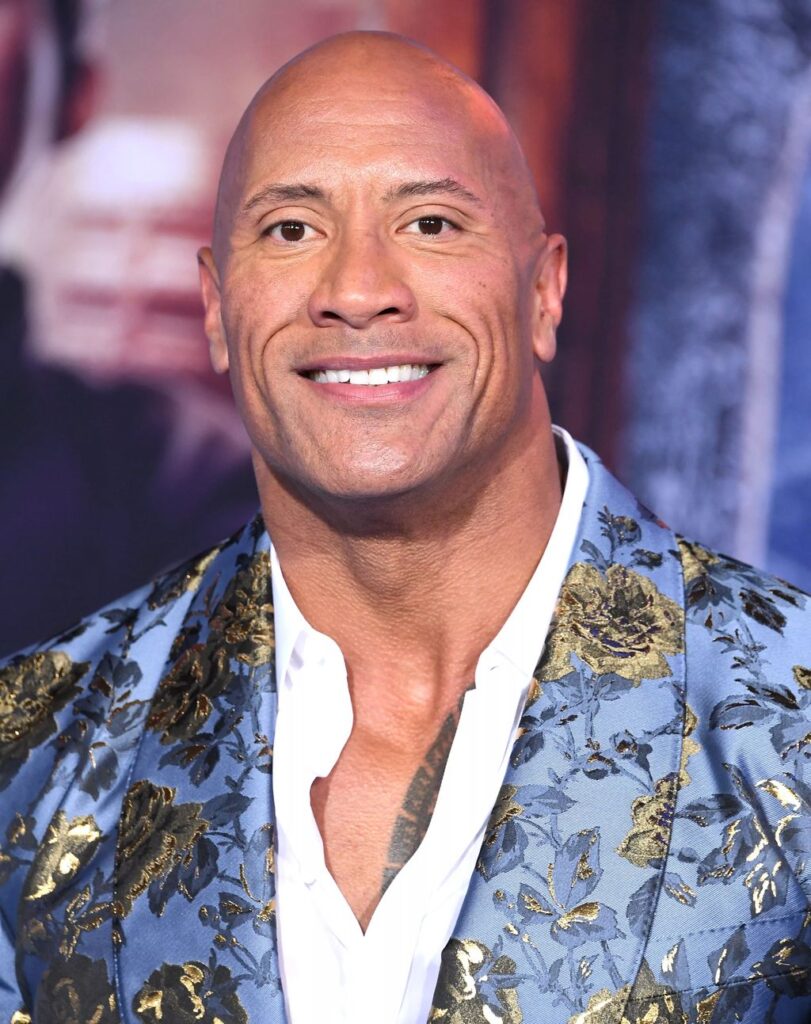
8. **The Part-Time Phenom: Memorable Moments and ‘Retirement’ (2014-2019)**Despite the demanding schedule of a global movie star, Dwayne Johnson continued to make memorable, albeit sporadic, appearances in WWE, much to the delight of his legion of fans. His presence was always impactful, creating moments that transcended the standard programming. A notable instance occurred in April 2014, when he joined Stone Cold Steve Austin and Hulk Hogan in a legendary opening segment at WrestleMania XXX, a gathering of icons that electrified the Superdome crowd and set the tone for the monumental event.
Throughout this period, Johnson’s returns often involved confrontations that blended humor with his inherent intensity. On the October 6 episode of Raw, he made a surprise appearance to confront Rusev and Lana, swiftly clearing Rusev from the ring in a classic Rock fashion. Just days later, on the 15th Anniversary of SmackDown, he shared a backstage segment with Triple H, reminiscing about their storied past feud, a moment that underscored the deep history and mutual respect between the two industry titans.
In 2015, The Rock played a crucial role in a storyline involving his relative, Roman Reigns. At the Royal Rumble event on January 25, he made a pivotal appearance during the main event, assisting Reigns in fending off Big Show and Kane after Reigns had eliminated them from the match. His endorsement in the ring after Reigns’ victory was a significant moment, aiming to bolster Reigns’ standing with the audience. Later that year, at WrestleMania 31 on March 29, The Rock teamed with UFC superstar Ronda Rousey in an in-ring altercation against Triple H and Stephanie McMahon, an electrifying segment that saw him attack Triple H and Rousey overpower McMahon, delivering a highlight-reel moment.
His appearances continued to be carefully selected for maximum impact. On June 27, 2015, he made an unadvertised appearance at a live event in Boston, where he confronted Bo Dallas and punctuated the segment with a signature Rock Bottom, thrilling the live crowd. The following year, at WrestleMania 32 on April 3, 2016, The Rock announced a new all-time WrestleMania attendance record, only to be interrupted by The Wyatt Family. This led to an impromptu match with Erick Rowan, which Johnson won in a record-setting six seconds, marking the fastest victory in WrestleMania history. He was then aided by a returning John Cena to fend off the rest of The Wyatt Family, creating another unforgettable WrestleMania moment.
On February 20, 2017, The Rock made an untelevised appearance after a Raw broadcast, where he promoted and filmed a scene for his then-upcoming film, ‘Fighting with My Family,’ showcasing the intertwining of his Hollywood and wrestling careers. Despite these sporadic returns, his focus remained on film, leading to his official announcement on August 3, 2019, that he was retiring from professional wrestling. However, this retirement proved to be short-lived, as on September 30, 2019, he confirmed his return for SmackDown’s 20th Anniversary on October 4, his first televised appearance since April 2016. At the event, he cut a promo with Becky Lynch, then attacked King Corbin, celebrating with Lynch in the ring and reminding everyone of his undeniable star power.
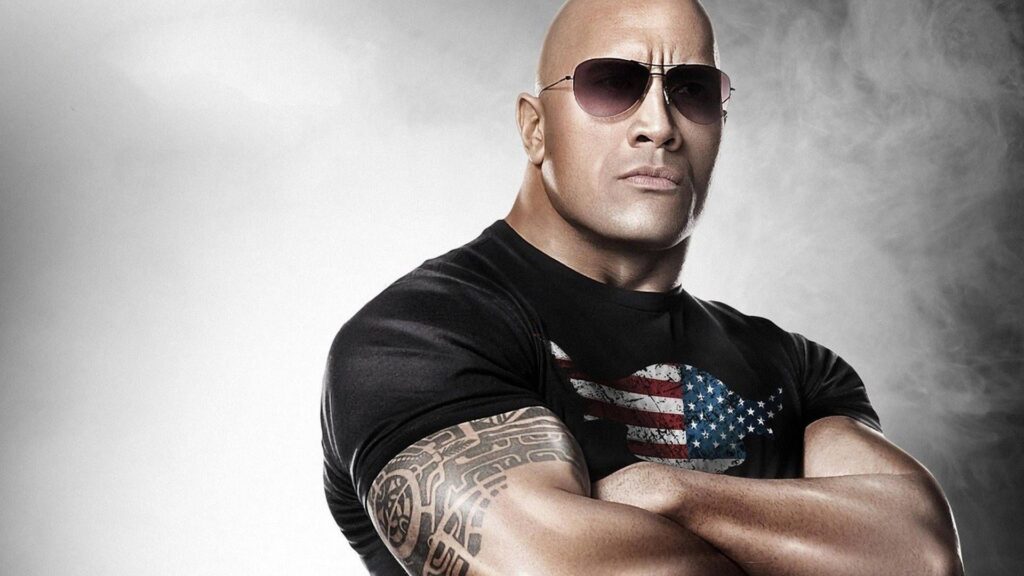
9. **The Final Boss: A Resurgent Villain and WrestleMania XL Saga (2023-Present)**Dwayne Johnson’s connection to WWE proved to be irrepressible, leading to a truly unexpected and impactful resurgence in late 2023 and 2024. On September 15, 2023, The Rock made a surprise return to SmackDown, delighting fans with a segment alongside Pat McAfee and Austin Theory, where he decisively took out Theory, marking his first televised appearance in over four years. This return sparked immediate speculation about his future involvement, hinting at something more substantial than mere cameos.
That speculation intensified dramatically on January 1, 2024, during the Day 1 edition of Raw. After Jinder Mahal insulted the crowd, The Rock made his first live appearance on Raw since 2016, erupting in a brawl that he decisively won. Following his victory, he provocatively asked the crowd if he should sit at “the head of the table,” a direct and undeniable reference to Undisputed WWE Universal Champion Roman Reigns, his real-life cousin and the reigning ‘Tribal Chief’ of The Bloodline. This comment immediately set the wrestling world abuzz with anticipation for a dream match.
On February 2, during a pivotal SmackDown episode, The Rock confronted Roman Reigns, seemingly poised to take Cody Rhodes’ place as Reigns’ WrestleMania 40 opponent, after Rhodes had initially decided against challenging Reigns. This potential change was met with intense backlash from fans, who vehemently wanted Rhodes to ‘finish his story’ against Reigns. The subsequent WrestleMania XL media event on February 8 became a flashpoint, with The Rock dramatically aligning himself with Reigns, chastising Rhodes for his reversal, and slapping him for daring to speak out against the revered Anoaʻi family, to which both The Rock and Reigns belong. As WWE’s chief creative officer Triple H was interviewed backstage, The Rock and Reigns issued a stark warning: “fix it” or they would, a moment that cemented The Rock’s turn to a ruthless, industry-shaking villain.
This dramatic shift was fully embraced on the February 16 episode of SmackDown, where The Rock officially joined Reigns’ formidable faction, The Bloodline. He debuted a compelling new persona, dubbed “The Final Boss,” which cleverly incorporated elements of his arrogant “Hollywood Rock” incarnation from 2003. This new character boasted gaudy, expensive attire, regularly insulted the audience, and entered to a new theme that blended his heroic music with his ‘Hollywood Rock’ anthem, signaling a complex, darker evolution. On March 1, he issued a high-stakes challenge to Cody Rhodes and Seth “Freakin” Rollins: a tag team match at WrestleMania XL Night 1. If Rhodes and Rollins won, Rhodes’ championship match against Reigns on Night 2 would be free of Bloodline interference; if they lost, the championship match would be contested under “Bloodline Rules,” dramatically raising the stakes.
The build-up to WrestleMania XL saw The Rock’s ‘Final Boss’ persona unleash unprecedented ruthlessness, including a shocking backstage attack on Cody Rhodes on the March 25 episode of Raw, leaving him beaten and bloody. During the 2024 WWE Hall of Fame induction ceremony, in a symbolic gesture, The Rock received a “People’s Championship” from Muhammad Ali’s wife Lonnie, which he proudly began carrying over his shoulder as a new emblem of his villainous reign. In the main event of WrestleMania XL Night 1, The Rock and Roman Reigns defeated Rhodes and Rollins in a brutal tag team encounter. The following night, during the Undisputed WWE Championship match between Reigns and Rhodes, The Rock played a significant interfering role, confronting John Cena with a Rock Bottom, only to be dramatically chokeslammed by The Undertaker. Despite The Rock’s best efforts, Rhodes ultimately defeated Reigns, finally concluding his story. The Rock’s post-WrestleMania appearance on Raw saw him congratulate Rhodes, revealing that their story was far from over, leaving the door open for another epic chapter in his legendary career. His journey from rejected rookie to Hollywood’s highest-paid actor, and back to an era-defining wrestling villain, is a testament to an unparalleled career of strategic evolution, unmatched charisma, and a relentless pursuit of impact, solidifying his ‘legacy of hustle’ across every realm of entertainment.



